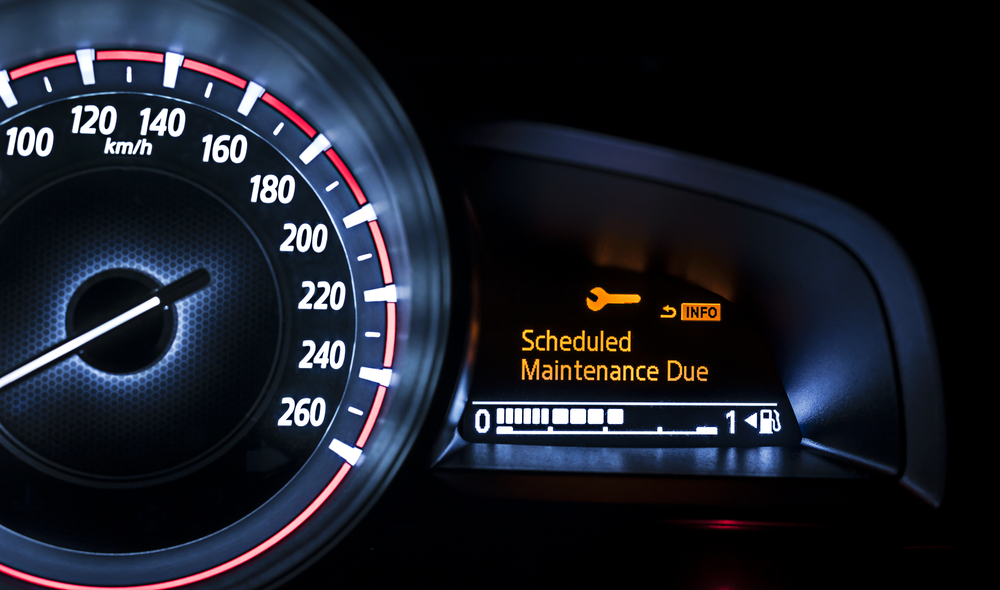I. Introduction
A. Definition of Car Lights Flickering
Car lights flickering is a common automotive issue characterized by the intermittent or irregular illumination of various vehicle lighting components. This can include headlights, taillights, indicator lights, and interior lights. Flickering may manifest as a rapid or sporadic change in brightness, often accompanied by a noticeable pulsing effect. It is a concern that drivers encounter, potentially impacting safety and overall vehicle functionality.
B. Significance of Addressing Flickering Issues
Resolving flickering problems is crucial for maintaining optimal visibility, electrical system stability, and promoting overall driving safety. Ignoring flickering lights can lead to a compromised driving experience, reduced visibility, and potential hazards on the road. Furthermore, persistent flickering may indicate underlying issues within the vehicle’s electrical system, necessitating timely investigation and resolution.

II. Common Causes of Car Lights Flickering
A. Electrical System Irregularities
Flickering lights often stem from issues within the vehicle’s electrical system. These problems may include a faulty alternator, voltage regulator, or loose electrical connections. The function of the alternator is to generate electrical power to charge the battery and provide power to the vehicle’s electronic and electrical systems. When the alternator malfunctions, it can lead to irregularities in the electrical supply to the lights, resulting in flickering.
B. Bulb and Socket Problems
Flickering can also be attributed to issues related to the bulbs themselves and the sockets in which they are installed. Poor connections within the light sockets, improperly installed or damaged bulbs, or corrosion on the contacts can all lead to intermittent illumination. Additionally, the use of low-quality or mismatched bulbs may contribute to flickering issues.

III. Impact on Vehicle Safety and Functionality
A. Visibility and Driver Safety
Flickering lights can significantly compromise driver visibility, particularly during low-light conditions or adverse weather. Reduced visibility poses a safety risk for the driver and other road users, potentially leading to accidents or inhibited reaction times in critical driving situations.
B. Electrical System Stability
Furthermore, flickering lights may signify more extensive concerns within the vehicle’s electrical system, impacting the stability and performance of crucial components beyond the lighting system. Irregular electrical supply and fluctuations can affect the battery, alternator, and overall vehicle electronics, potentially leading to mechanical and electrical problems.
IV. Diagnostic and Troubleshooting Procedures
A. Inspection and Testing
Detecting the root causes of flickering lights is essential for effective troubleshooting. Visual examination of the lighting components, in conjunction with voltage testing and continuity checks, is crucial to identifying the underlying issues leading to flickering.
B. Professional Evaluation
In the case of persistent or complex flickering issues, seeking professional diagnosis and repair can assist in accurate troubleshooting. This may involve the use of specialized diagnostic equipment to pinpoint the specific causes of the flickering and potential underlying electrical system complications.

V. Resolving and Preventing Car Lights Flickering
A. Electrical System Maintenance
Regular maintenance, including periodic inspections of the vehicle’s electrical wiring, connections, and components, is essential to prevent flickering issues. Addressing and rectifying any issues promptly can contribute to consistent and reliable illumination.
B. Proper Bulb and Socket Care
To avoid flickering issues related to bulb and socket problems, it is important to maintain clean and secure connections. Selecting high-quality bulbs and ensuring their proper installation can minimize the potential for flickering.
VI. Advanced Troubleshooting and Repairs
A. Upgrading Lighting Systems
Modern advancements in lighting technology and the potential for upgrades can significantly reduce the likelihood of flickering. LED and HID lights, for example, offer improved durability and performance compared to traditional incandescent bulbs, presenting a viable solution for diminishing flickering issues.
B. Addressing Underlying Electrical Issues
Diagnosing and resolving underlying electrical system concerns is critical for resolving flickering problems in the long term. This may involve addressing alternator malfunctions, voltage irregularities, and wiring complications to ensure the electrical system’s stability.
VII. Regulatory Compliance and Safety Standards
A. Adherence to Safety Regulations
– Exploring the legal and safety standards that regulate vehicle lighting, emphasizing the significance of compliance with flickering issues. Understanding the legal requirements for properly functioning vehicle lighting systems and adherence to safety standards is essential in ensuring road safety for both the driver and other road users.
B. Implications for Vehicle Inspections
– Discussing the potential implications of flickering lights on vehicle inspection and roadworthiness evaluations. Detailing how addressing flickering issues is not only important for safety but can also impact the vehicle’s compliance with regulatory requirements and inspections.

VIII. Technological Advancements and Smart Lighting Solutions
A. Integration of Smart Lighting Systems
– Exploring the use of advanced technology in modern vehicle lighting systems, such as adaptive lighting and sensor-based controls, to improve overall functionality and reduce the occurrence of flickering. Consideration of smart lighting solutions that actively monitor and adjust lighting conditions can significantly enhance reliability and reduce flickering instances.
B. Impact of Innovative Lighting Technologies
– Examining the influence of innovative lighting technologies, such as adaptive LED lighting systems and automated light control features, in reducing flickering and improving overall lighting reliability. Exploring how advanced lighting systems can provide a more stable, durable, and efficient lighting experience for vehicle owners.
Conclusion
A. Summary of the Impact and Resolution of Flickering Issues
Addressing car lights flickering is essential for vehicle safety, driver visibility, and overall functionality. Understanding the common causes, conducting regular maintenance, and addressing underlying issues are critical steps in resolving flickering problems and ensuring consistent and reliable illumination. Timely and thorough resolution of flickering issues can contribute to a safe and enjoyable driving experience while promoting the overall functionality of the vehicle.
Flickering Car Lights? Don’t Get Stuck in the Dark!
Dimming or flickering headlights are a safety hazard. Here’s how to diagnose and fix the problem:
Causes: Dead battery, loose connections, faulty bulbs, or a failing alternator.
Fix it:
Check your battery and connections.
Replace burnt-out bulbs.
If the problem persists, consult a mechanic to diagnose alternator or electrical system issues.
Drive Bright, Drive Safe!
This version shortens the text, uses bullet points for easy reading, and emphasizes the safety aspect. It also provides clear steps for troubleshooting and encourages seeking professional help if needed.

Leave a Reply